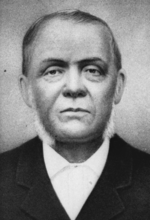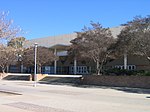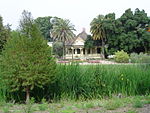Placentia station
Placentia is a proposed Metrolink infill station located in the city of the same name along Metrolink's 91/Perris Valley Line. The Orange County Transportation Authority (OCTA) started discussing the station as early as 2012. A station planned for neighboring Yorba Linda was rejected by its local city council on March 16, 2004. The project was approved by the city in 2016, with construction planned to begin in 2018. A former packing house was demolished on the site to make way for the station. As of April 2019 construction was repeatedly delayed, owing to negotiations between Metrolink and the track's owners, BNSF. In January 2020, it was announced that construction of the Placentia Metrolink station would begin later in the year, with the station expected to be open by June 2022, but it has once again been delayed, with OCTA claiming construction of the project is "on hold" until mid-2024.The cost of the project is due at $34.8 million, of which the city pledged $5.4 million. In 2014, the project was pegged at an estimated $23.42 million, while a 2012 estimate was between $7.5–9 million.
Excerpt from the Wikipedia article Placentia station (License: CC BY-SA 3.0, Authors).Placentia station
South Main Street,
Geographical coordinates (GPS) Address Nearby Places Show on map
Geographical coordinates (GPS)
| Latitude | Longitude |
|---|---|
| N 33.8684 ° | E -117.8726 ° |
Address
South Main Street
South Main Street
92870 , Old Town Placentia
California, United States
Open on Google Maps





